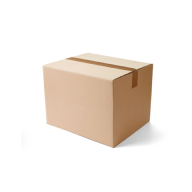Aramid apron
4.5 / 5
Product description
Protective apron manufactured with silicone coated para-aramid fabric. Adjustable closure.
The base layer of aramid fabric offers heat protection up to 250°C, and the innovative coating prevents absorption of oils, greases and fats.
It doesn’t leave debris during manufacturing process
About Coated Apron
A Coated Apron provides superior protection against liquids, chemicals, and stains with its waterproof surface. Designed for durability and easy cleaning, this full-length protective garment is ideal for food processing, industrial kitchens, and chemical handling environments where comprehensive coverage is essential.
- Heat & Flame Resistance
- Food Service
Standards and labels
Coval delivery terms
Free delivery when you order more than 150,00 € from Coval
Supplier shipping fee 4,74 €
Brand minimum 0,00 €
64,63 €
Shipping fee is 4,74 € for orders under 150,00 €
Sold in units of one piece



